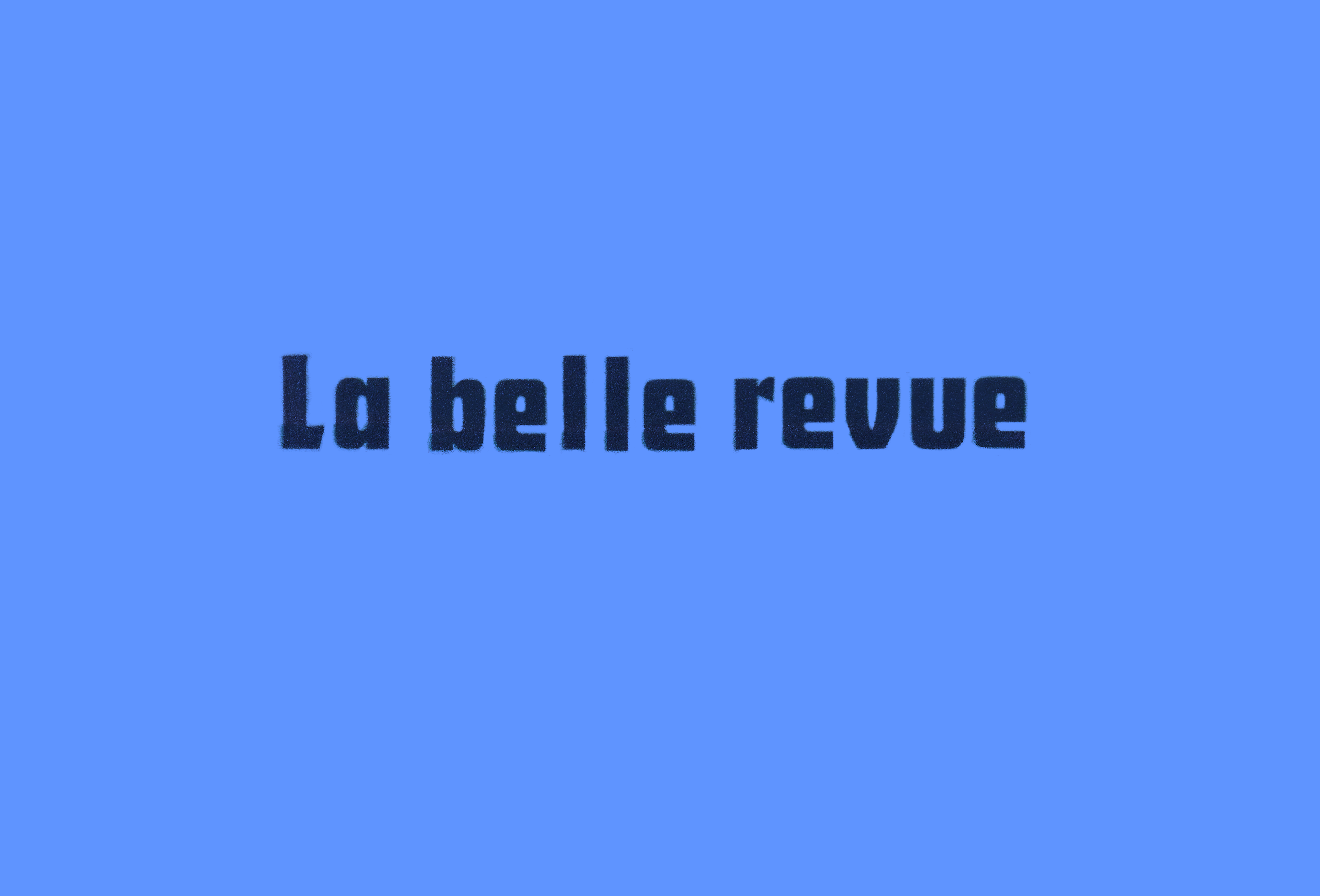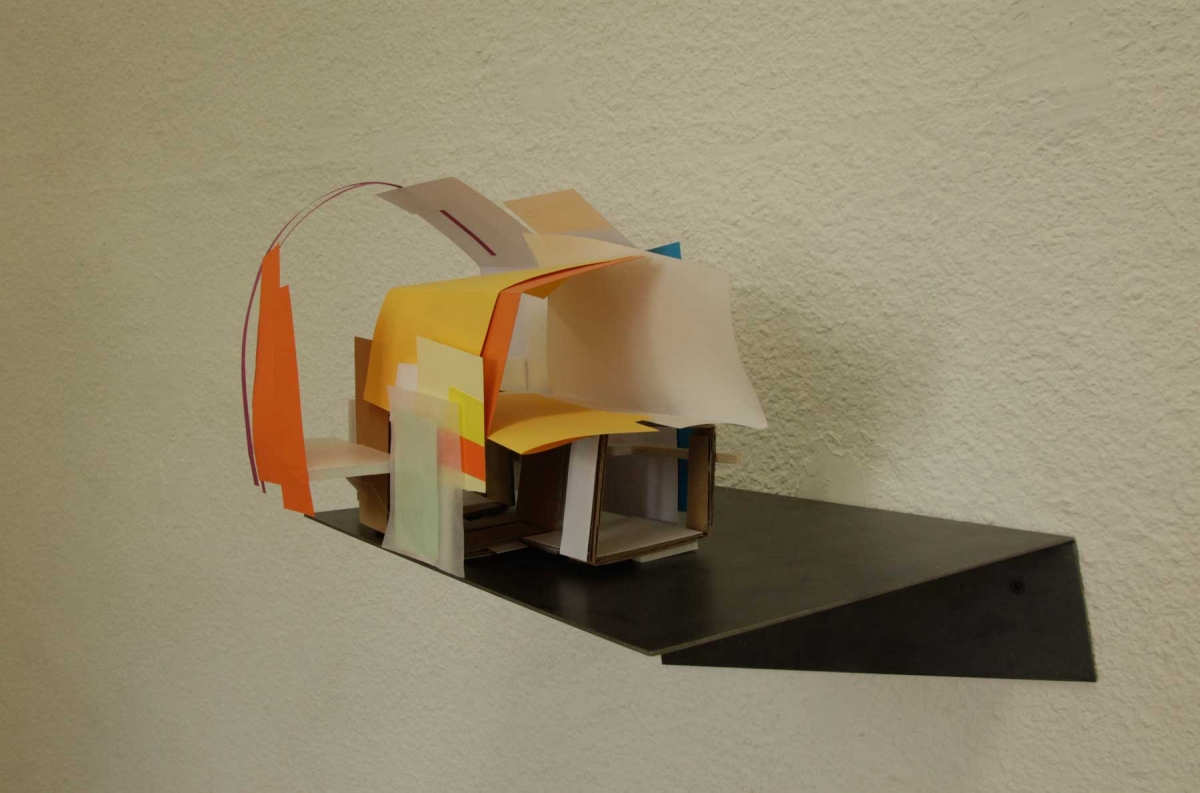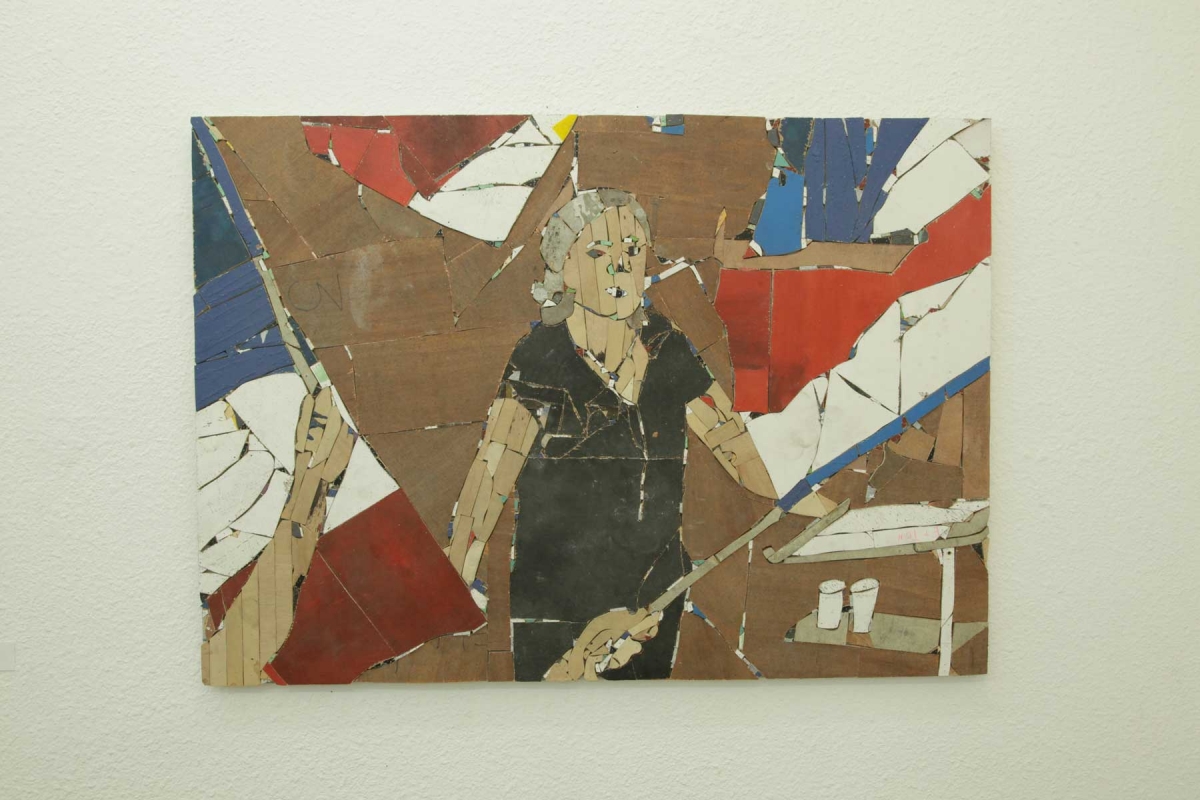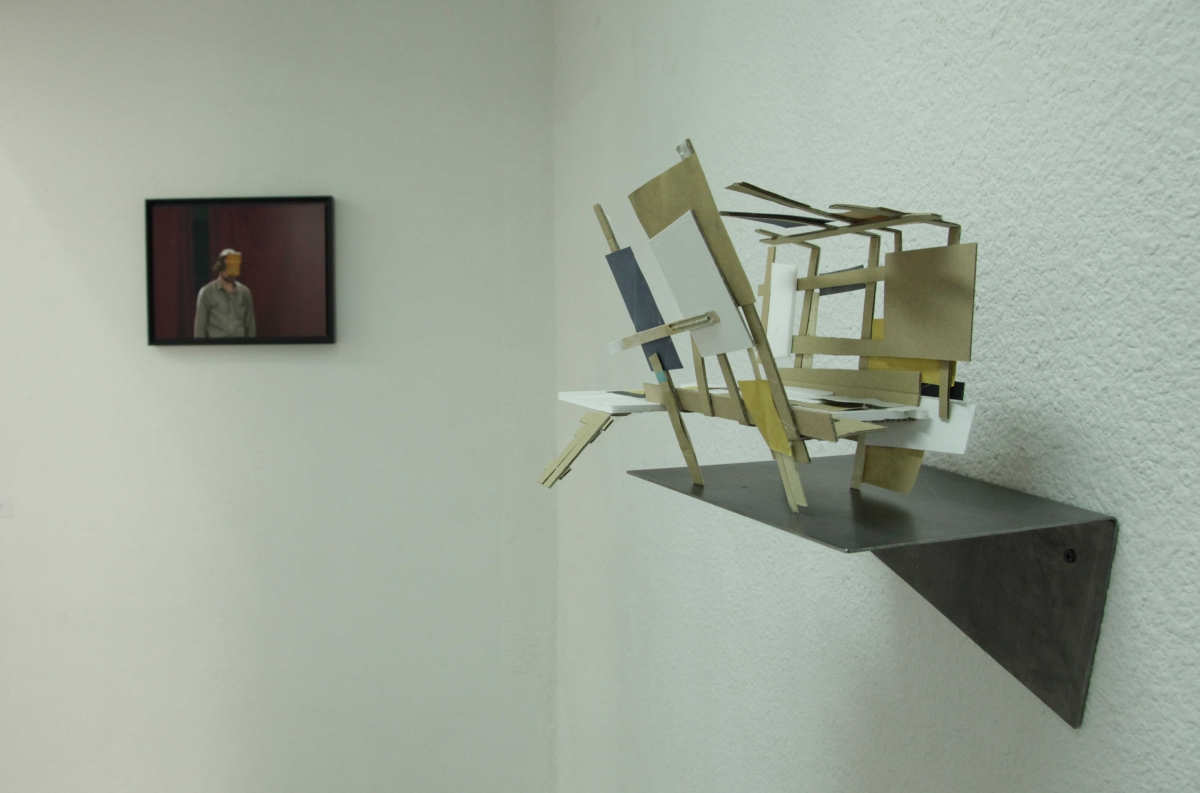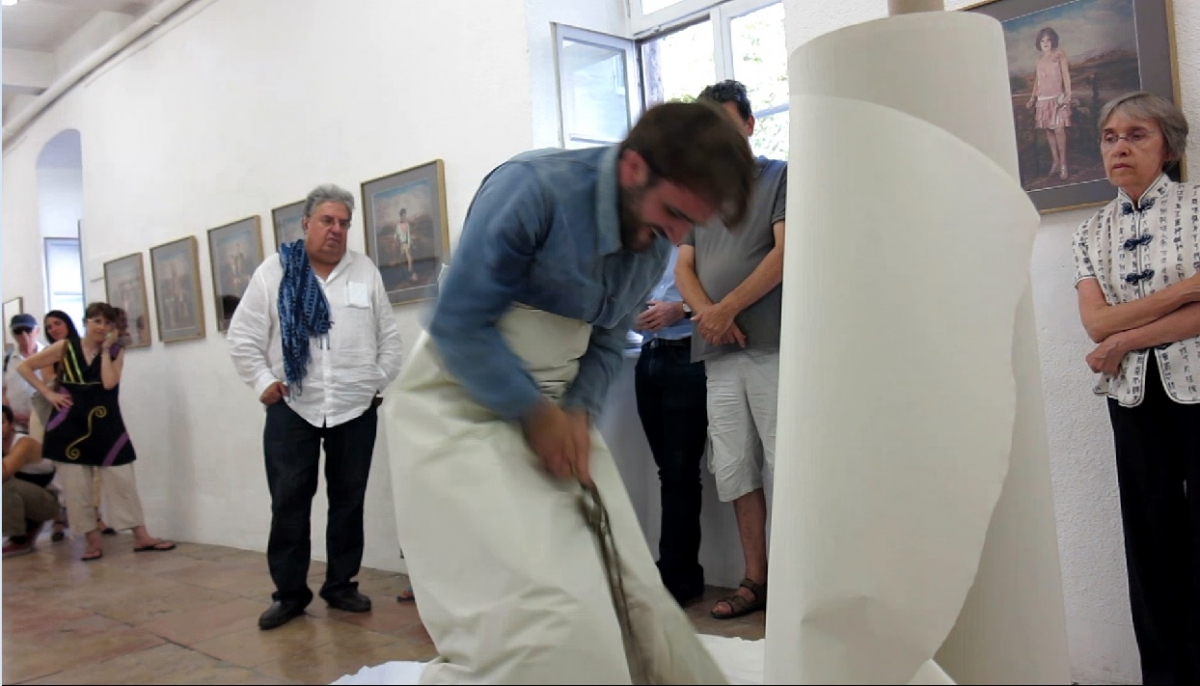Le monde ou rien, presented at the Gac Annonay, is the third chapter in a series of eponymous collective exhibitions whose first two editions were presented at the Galerie Circonstance in Nice, then the Espace Madoura in Vallauris.
The slogan/title “Le monde ou rien” [The World or Nothing] as evocative as it is poetic, chanted during the Nuit Debout events – a citizens’ gathering symbolic of a convergence of social struggles – sets the tone. The text of intentions shared by each of the sections in this exhibition is presented as a bona fide revolutionary manifesto. Art recovers a use value, in a so-called “fragmented” society, in which it is called on to “recreate ties”. However, at the Gac Annonay, the framed artworks throne above chimneys of the archetypal interior of a cultural elite, a bourgeois apartment.
In the curators’ text, the reference to the Situationists is surprising, since the eminently formal character of some of the art exhibited contradicts the very aim of their project: the disappearance of artworks and artists, hence the obliteration of the borders between art and life.
Also, throughout the exhibition, it is necessary to hold the discourse at arm’s length for a while in order to adopt a sensitive approach to this visit, full of portraits and self-portraits that constantly position the visitor in uncomfortable face-to-face encounters. Even before the sometimes literal political references (the portraits of Marine Le Pen and Jacques Chirac in inlaid wood by Karim Ghelloussi, particularly Sans titre, 2017) make their appearance, the omnipresence of bodies stands out as one of the points of intersection of the artworks on show.
In the first room, a portrait from the Poussières series by Florent Mattei has a theatrical welcome in store for the visitor. The pose is frontal, frozen, and indifferent to the fine layer of white dust covering the subject’s face and body. Mattei’s photographic stagings are well known, inspired by journalistic war imagery, but in this series, there is no dust on the bodies of the children hauled out of alleged rubble or on the faces contorted with pain of mothers in tears. The dust is applied to other victims after the fact. Jean-Luc Blanc’s drawings that take their subjects from B-grade movies address our collective subconscious in a different way. These familiar images that affect us directly, without speeches or prescribed messages, allow some room for polysemy.
The text in the painting by Sandra Lecoq (H de guerre, 2008), decoded syllable after syllable, turns out to be an uninterrupted flood of insults whose meticulously traced typographical lettering have been coloured with a concern for detail that is often rather misogynistically attributed to little girls. An active feminist, the artist invests the art field like a battlefield, with the help of arms qualified as feminine: sewn fabric, furs, or crochet pieces. While Sandra Lecoq and Noël Dolla with his portraits of Sales cons (2016), and Valentina Traianova with her sound work UOOOOooooOO (2015) use text as a frontal mode of address, a political reading does not allow us to forget the complexity of their poetry. These poetics crop up again in the paper models by Mengzhi Zheng. As meticulously produced as they are potentially ephemeral, they invite us to question our relationship to the space as a site of mental projection (from the Maquettes abandonées series, 2017).
This collective exhibition is therefore in line with many other propositions that are intended as “political” but that nevertheless do not manage to overcome their framework and that become – in the current context and unwittingly – politically correct. These widely diverse artworks are sometimes overpowered by a theoretical discourse that tends towards a systematic politicizing of the gaze, even though they already contain criticism, analysis, and subversion in themselves: they have all of these poetic qualities that do not sit well with discursive contributions nor require them to rise to the surface.
